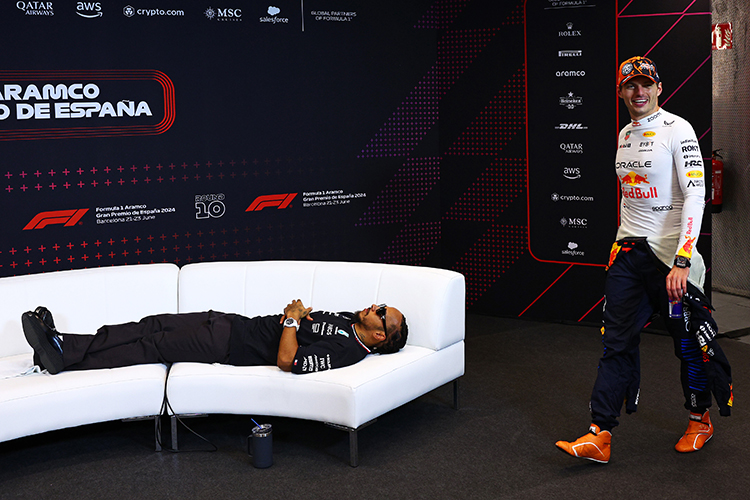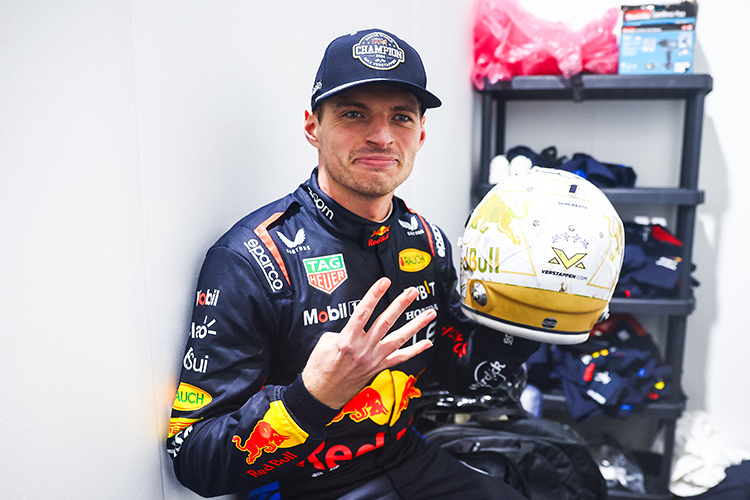What Happens if a Driver Uses DRS When Not Allowed in Formula 1?

Formula 1 World Champions: A legacy of racing legends
What are the consequences if a driver is caught using DRS when it’s not allowed?
Explore the consequences of using DRS when not allowed in Formula 1. Learn about penalties, race impact, and how FIA enforces these rules.
The Drag Reduction System (DRS) is a powerful tool in Formula 1, designed to enhance overtaking by reducing aerodynamic drag and increasing straight-line speed. However, its use is tightly regulated by the FIA, with strict rules determining when and where drivers can activate it. Violating these rules can lead to penalties that affect a driver’s performance and strategy.
What Are the Rules for DRS Activation?
DRS can only be activated under specific conditions:
- Detection Point and Activation Zone: DRS is permitted only in designated zones on the circuit, usually on long straights. Drivers must be within one second of the car ahead at the detection point to activate it.
- Conditions for Activation: DRS is allowed only during dry conditions and not during yellow flags, safety car periods, or in non-designated zones.
- Regulations on Use: Using DRS outside of these parameters constitutes a rule violation.
Consequences of Unlawful DRS Usage
If a driver activates DRS when not allowed, the FIA imposes penalties based on the severity of the infraction:
Time Penalties
Drivers typically face time penalties, ranging from 5 to 10 seconds, depending on the advantage gained. If DRS misuse leads to overtaking or a lap time improvement, penalties can be harsher.
Position Loss or Reversal
In cases of unlawful overtaking, drivers may need to relinquish the position or face a drop in the race order.
Black and White Flag
This warning serves as a cautionary signal, alerting drivers to adjust their actions without immediately impacting race results.
Race or Grid Penalties
Severe or repeated violations may lead to grid penalties in the next race or even disqualification.
Warnings and Reprimands
Minor infractions may result in a warning, but further offenses can escalate to harsher penalties.
How the FIA Monitors DRS Usage
The FIA employs advanced technology to ensure DRS compliance:
- Electronic Monitoring: Sensors detect when and where DRS is activated, alerting officials to any infractions.
- Stewards’ Review: Incidents are analyzed using data and video footage to determine appropriate penalties.
- Real-Time Decision Making: The FIA can impose penalties during the race to maintain fairness.
Impact on Race Strategy
Improper DRS use can disrupt a driver’s race strategy and team dynamics:
- Tactical Adjustments: Teams may need to adapt pit stop strategies or push harder to recover time.
- Psychological Effects: Drivers and teams face increased pressure to avoid further infractions.
Conclusion: Upholding Fairness in Formula 1
DRS provides a significant advantage in overtaking, but its regulated use ensures fair competition. Violating DRS rules can lead to penalties that impact race outcomes, making compliance critical for drivers and teams. The FIA’s strict enforcement helps maintain the integrity of the sport, ensuring that all participants compete on a level playing field.
Up Next


